Traditional Zellij - A Gem of Historic Architecture
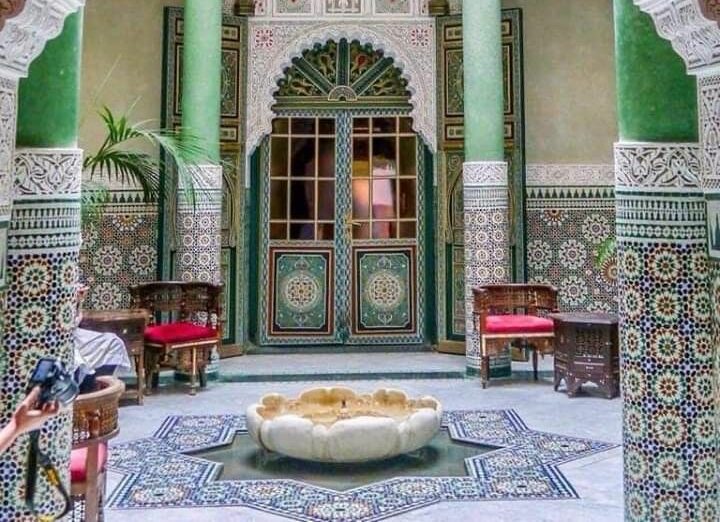
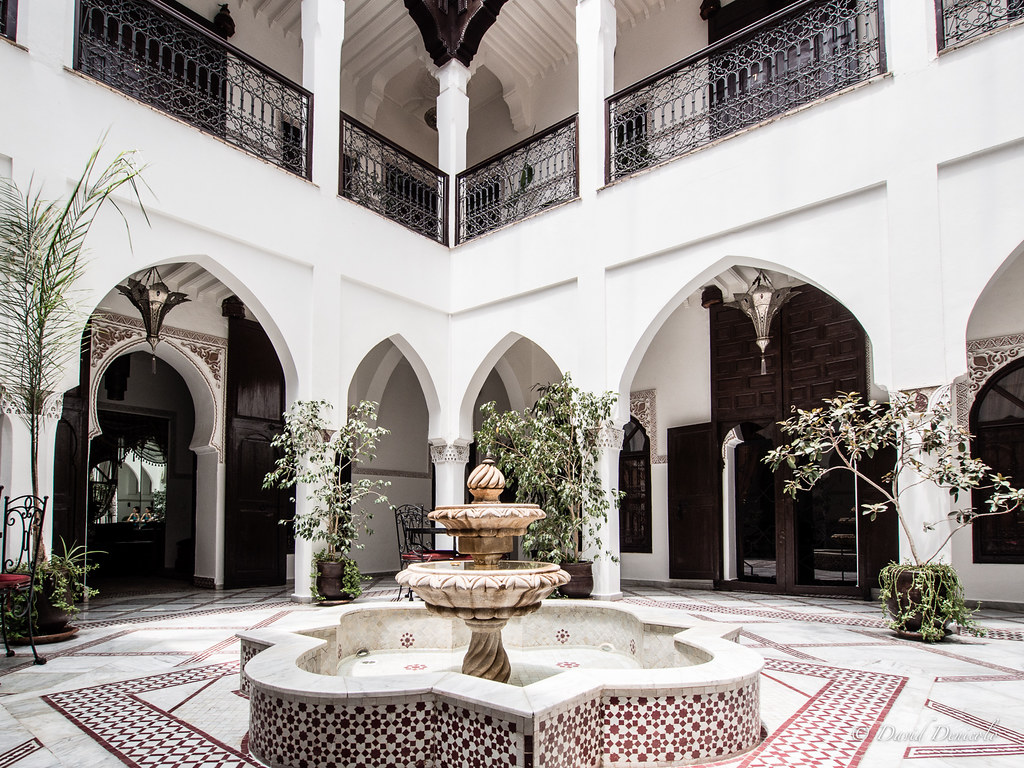
What is zellige?
Zellige is one of the finest architectural arts that reflect the beauty and grandeur of Islamic and historical heritage. This ancient art is characterized by its intricate geometric designs and vivid colors that overlap in beautiful harmony. The use of zellige was not limited to Andalusian architecture, but spread throughout the Moorish, Levantine, and Ottoman Islamic civilizations, decorating palaces, mosques, schools, and markets throughout the ages.
The importance of zellige is not limited to its aesthetic value only, but extends to its cultural and historical symbolism, as it reflects the spirit of civilizations that excelled in merging art and engineering, as its patterns were inspired by nature, botanical motifs, and mathematical geometry.
The history of zellige in Islamic and historical architecture
Andalusian and Moroccan zellige
Zellige originated in Andalusia during the Islamic Golden Age, culminating in cities such as Cordoba, Seville, and Granada. After the fall of Granada, Andalusian artisans moved to Morocco, where its techniques developed significantly, especially in Fez, Marrakech, and Tetouan. Moroccan zellige is characterized by its blue, green and white colors, as well as its intricate geometric patterns that reflect Islamic and Maghrebian influences.
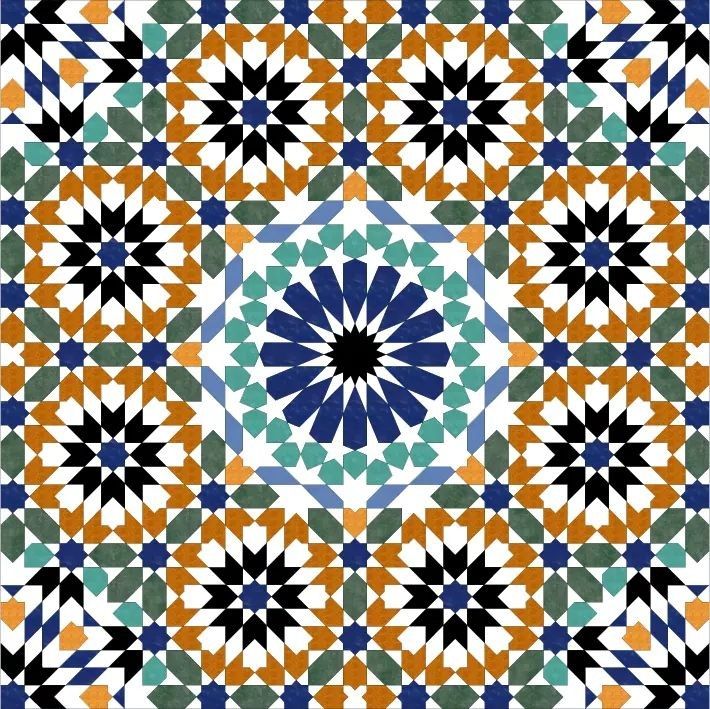

Zellij in Ottoman architecture
The Ottoman Empire relied on the use of decorative tiles similar to zellige in its famous mosques and palaces, such as the Sultan Ahmed Mosque (Blue Mosque) in Istanbul. Ottoman zellij was characterized by the use of blue and brown colors with floral and foliate patterns, which gave a unique character to Islamic architecture in the region.
Persian and Levantine zellige
Persian and Levantine zellige
In Persia and Central Asia, Iran and Uzbekistan were famous for the use of zellige in mosques, minarets, and madrasas, such as the Samarkand Madrasa and the mosques of Isfahan. Persian zellige is characterized by blue and turquoise colors, with delicate floral and geometric designs, making it one of the most prominent forms of Islamic art in the region.
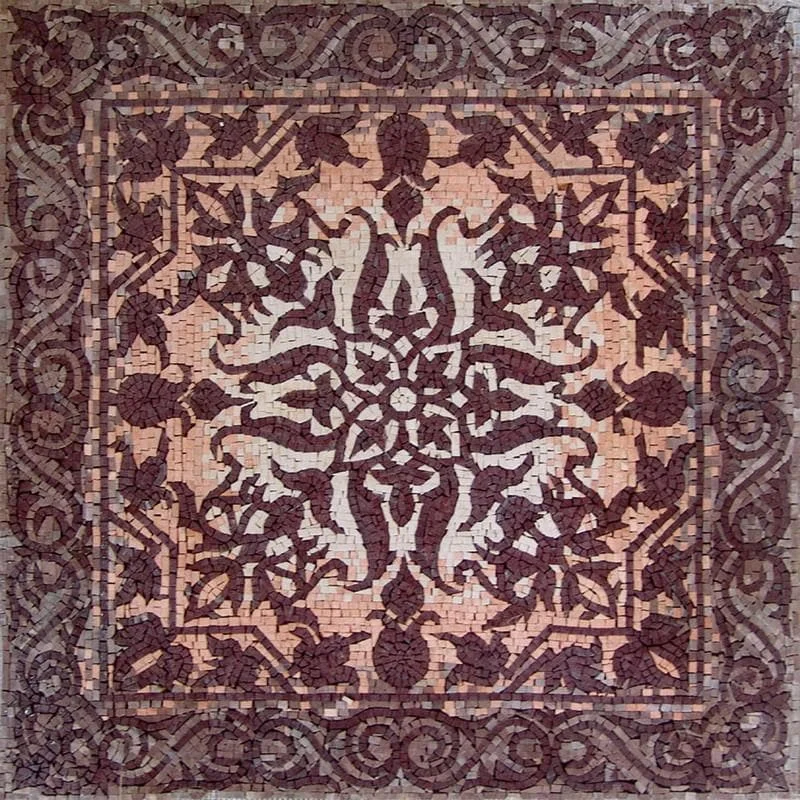
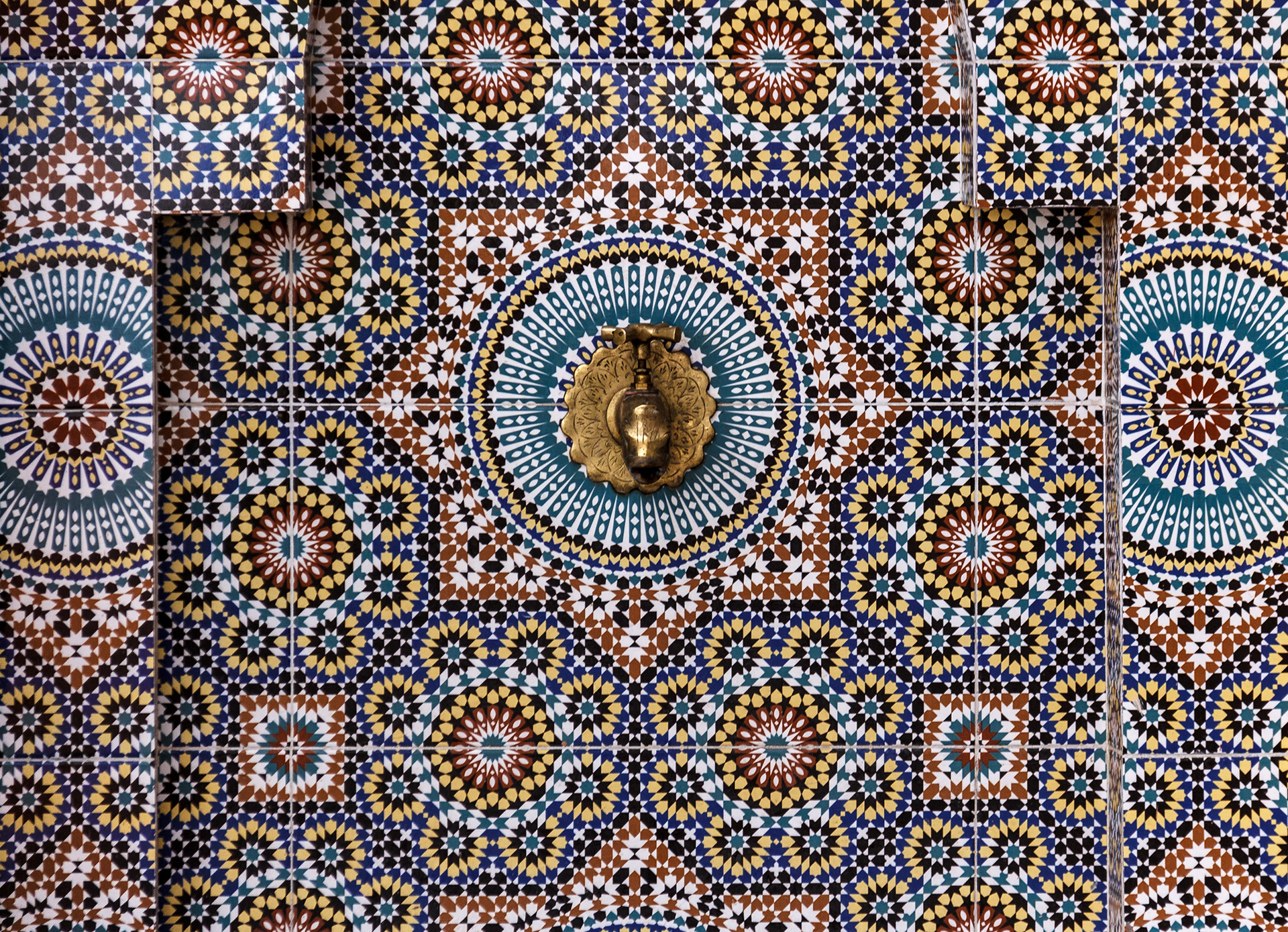
Zellige Making Techniques
Making zellige goes through complex stages that require high craftsmanship and experience passed down through generations, including:
Preparing the special clay to be cohesive and easy to mold
Drying the clay and painting it by hand using natural colors
Firing the tiles in traditional kilns to ensure hardness and durability
Cutting by hand into symmetrical geometric shapes, such as stars, polygons, and arches
Assembling and installing according to a precise architectural design that suits each project
Preparing the special clay to be cohesive and easy to mold
Drying the clay and painting it by hand using natural colors
Firing the tiles in traditional kilns to ensure hardness and durability
Cutting by hand into symmetrical geometric shapes, such as stars, polygons, and arches
Assembling and installing according to a precise architectural design that suits each project
Why choose Zellij for your construction projects?
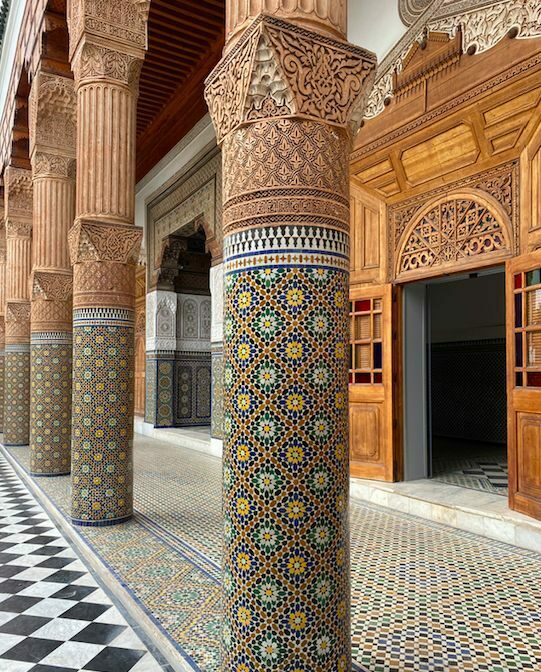
An authentic architectural element
Reflects the cultural identity of historical architecture, whether Islamic, Andalusian, Moorish, or Ottoman.
High quality and durability:
Resistant to moisture, climate changes, and friction, making it ideal for interior and exterior structures
Compliance with construction standards:
Used in luxury architectural projects and heritage buildings.
Diverse architectural designs:
Integrates with traditional and contemporary architecture, adding a touch of heritage and art to buildings
Our expertise in the use of zellige
In Andalusian architecture, we combine advanced techniques with traditional craftsmanship to preserve the authenticity of zellige in architectural projects. We work on the design and implementation of mosques, palaces, villas, residential and commercial buildings, taking care to emphasize Islamic and geometric decoration in the smallest details.
